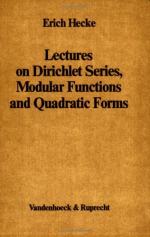|
This section contains 1,463 words (approx. 5 pages at 300 words per page) |

|
Modelling Quadratic Functions
Summary: Attempts to conduct an experiment relating to how the wing length of a whirlybird effects its time of flight. Also to model quadratic equations that can describe the shape and interpret the meaning of the plotted data, lengths and average times.
Aim: To conduct an experiment relating to how the wing length of a whirlybird effects its time of flight. Also to model quadratic equations that can describe the shape and interpret the meaning of the plotted data, lengths and average times.
Method:
The Experiment
- Firstly, a whirlybird was cut and folded, and each of its wings where 16 centimetres. A paperclip was attached to the bottom of the whirlybird to hold it together, as well as to increase the weight, so there would be less wind and air resistance.
- Each member of the group was assigned a role, as a timer, tester or recorder. The whirlybird was dropped from the highest position possible, the reason for this so the times would be longer and easier to record, and thus the end results are more accurate.
- After dropping the whirlybird three times, and recording the data, the two wings were...
|
This section contains 1,463 words (approx. 5 pages at 300 words per page) |

|


